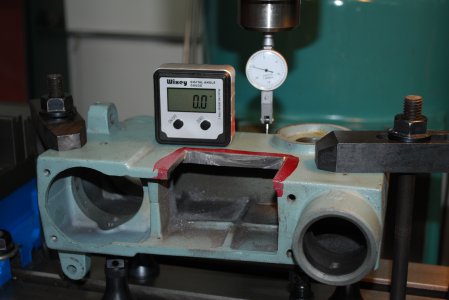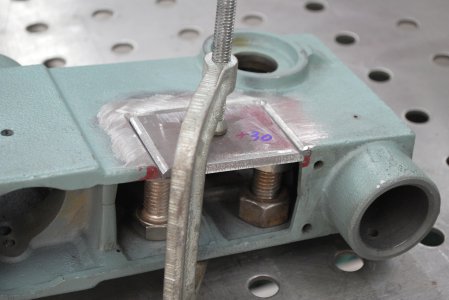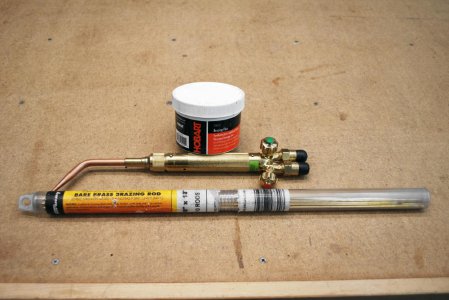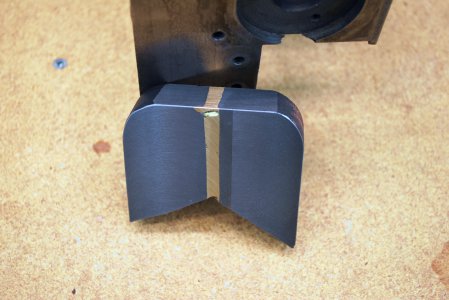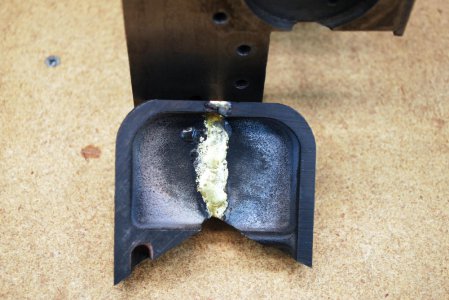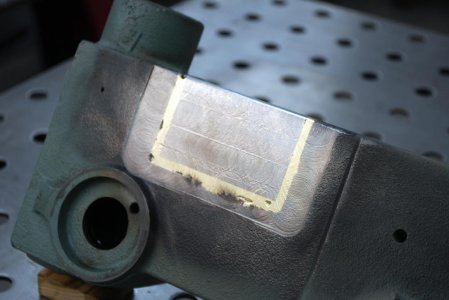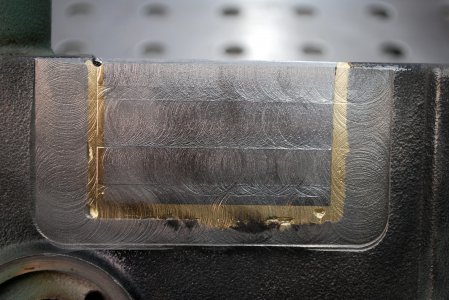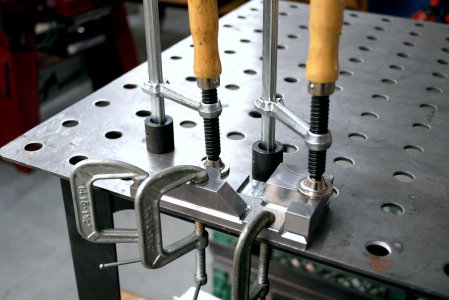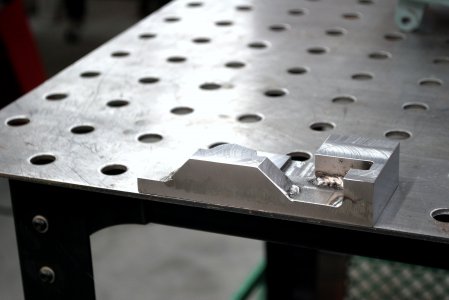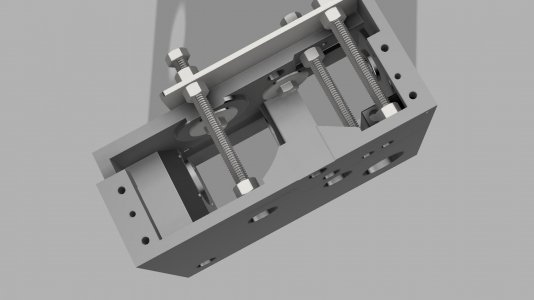- Joined
- Dec 24, 2020
- Messages
- 1,030
Thanks a lot for your response. Much appreciated!
To answer your question, no I don't have any experience with this brazing approach to repair.
My photos don't show well, but most of the cracks extend through the wall and into the bosses inside the casting. I had first thought about drilling the ends then grinding those cracks, but it seemed like an impossible task, given the difficulty of access. Thus the grafting approach.
As far as testing the feasibility of the repair: Yes I plan to do so. I have this worn out drill press head that's roughly the same size as this casting, so will be using it for a test.
That seems like a good substitute and should give you a good some practice and an idea if it will work.
In messing around with welding old cast stuff I've found you just never know, and trying unconventional things sometimes works when you least expect it. A while back I was trying to repair the box nut on an old post vise....I bored out the old threads, turned down some new Acme thread to a press fit and was trying to weld the lip where the two met. I simply couldn't get it to work using my TIG...tried every filler rod I have (lots) and kept getting crazy porosity. That old nut could have been made of anything, and had years of contamination. In frustration I fired up the MIG and immediately got a perfect bead with normal ER70S6 wire....no idea why, but it worked! One time I bought a stick electrode that the manufacturer said worked best on DCEP for cast iron but I wasn't getting great results. I switched to DCEN and suddenly got nice beads. I called the manufacturer to ask if it was a misprint, or I ran into a unique situation. Their tech guy laughed and said on old, cast, mystery metal anything can happen and it didn't surprise him a bit. Short version....don't hesitate to try every combination you have, but since you have a MIG, there is one thing I just thought of.
They do make silicon bronze wire for MIG that might be worth trying....very similar to brazing with a torch, but possibly easier to control since you can adjust the voltage and wire feed precisely. It works best with 100% argon, but it can be used with more typical MIG blends like 75/25 on thicker pieces like your parts (adding CO2 makes it run hotter). I haven't tried it yet, but the next time I order wire from a place that carries it I think I'm going to get a spool just for fun...seems like it could be handy to have around.


